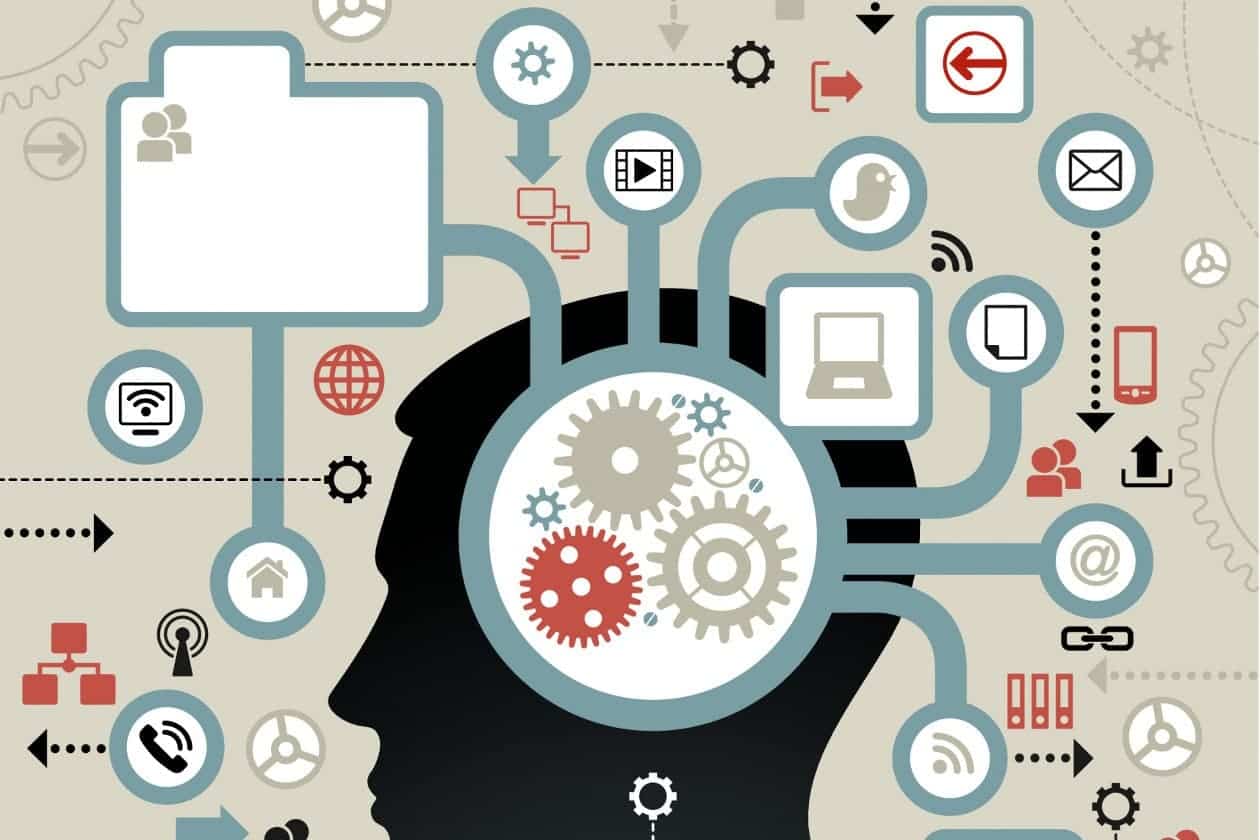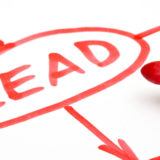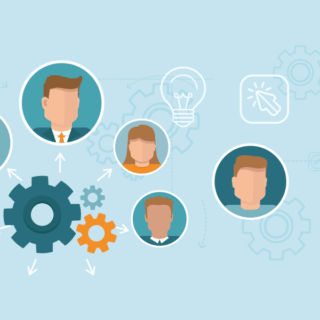
Introduction
Business transformation is no longer optional—it’s a necessity. Organizations that fail to adapt risk being left behind in a fast-changing world.
Think about the rapid rise of artificial intelligence. Companies like Microsoft and Google embraced AI early, while others struggled to keep up. The difference? Readiness.
Change readiness determines whether an organization thrives during transformation or gets lost in uncertainty. Yet, many companies underestimate their preparedness, leading to resistance, inefficiencies, and failure to execute new strategies effectively.
So, how do you ensure your organization is truly ready for change? Let’s break it down.
What is Change Readiness?
At its core, change readiness refers to an organization’s ability to successfully implement and sustain transformation. It’s a combination of:
- Leadership alignment – Are executives on the same page? Do they communicate a clear vision?
- Cultural adaptability – Is change embraced or resisted?
- Process flexibility – Can workflows adjust to new initiatives?
Take Amazon, for example. When Jeff Bezos launched AWS (Amazon Web Services), it was a major shift from retail to cloud computing. But Amazon’s culture of experimentation and leadership’s clear vision allowed for smooth adoption.
Key lesson: Organizations that invest in a culture of agility and proactive leadership are far more successful in transformation.
Indicators of Organizational Readiness
Before implementing change, assess where your organization stands. Here are three critical indicators:
Employee Attitudes & Adaptability
Employees are the lifeblood of any transformation. Resistance from staff can halt progress before it even begins.
🔹 Are employees open to learning new skills?
🔹 Do they feel included in decision-making?
🔹 Is there a history of successful change adoption?
Consider Netflix. When it transitioned from DVDs to streaming, employees needed to embrace a digital-first mindset. Leadership invested in retraining efforts, ensuring teams adapted rather than resisted.
Business Processes & Flexibility
Rigid processes kill change. If workflows are too structured, adopting new strategies becomes a nightmare.
🔹 Are workflows built for flexibility?
🔹 Can departments pivot without disrupting operations?
🔹 Do teams have the tools to integrate new systems smoothly?
Look at Tesla—its ability to rework supply chains, innovate manufacturing processes, and implement software updates remotely is a perfect example of an organization built for change.
Leadership Alignment
If executives aren’t aligned, transformation is doomed from the start.
🔹 Is leadership united in their vision for change?
🔹 Are they communicating changes effectively?
🔹 Do they provide the necessary resources to support transformation?
Microsoft under Satya Nadella is a textbook example. His leadership team shifted company culture from a “fixed mindset” to a “growth mindset,” encouraging innovation and collaboration across the organization. The result? Microsoft became a cloud computing powerhouse.
How to Conduct a Change Readiness Assessment
Conducting a readiness assessment is not a checkbox exercise—it’s a strategic deep dive into the organization’s DNA. Done correctly, it uncovers risks, illuminates enablers, and sets the foundation for successful transformation. A comprehensive approach combines quantitative data with qualitative insights and is best framed across three dimensions: People, Leadership & Culture, & Operations.
Surveys & Employee Feedback (People Readiness)
Surveys are invaluable for capturing the emotional and cognitive readiness of your workforce. But generic pulse checks won’t cut it. Use a tailored Change Readiness Index (CRI) that measures:
- Awareness: Do employees understand why change is happening?
- Desire: Are they motivated to engage?
- Confidence: Do they feel capable of adapting?
Best Practice: Use the ADKAR model as a blueprint for survey design (Awareness, Desire, Knowledge, Ability, Reinforcement). For example:
- “I understand how this change aligns with our strategic goals.”
- “I believe I have the tools and training to succeed in the new environment.”
Also, segment results by department or role to uncover where resistance may be concentrated.
Stakeholder Interviews & Change Network Mapping (Leadership & Culture)
Go beyond leadership alignment. Identify formal and informal influencers across the organization—these individuals shape cultural tone and peer sentiment.
Key Actions:
- Conduct structured interviews with executives, middle managers, and front-line leaders.
- Use a stakeholder mapping framework to categorize leaders by their influence and support level (e.g., champions, skeptics, blockers).
- Build a Change Agent Network from early adopters and respected voices who can accelerate buy-in across teams.
Consulting Insight: BCG’s “Influencer Mapping” methodology suggests targeting ~10–15% of an organization with high influence to drive 80% of mindset shifts.
Process Diagnostics & Change Impact Analysis (Operational Readiness)
Evaluate how existing operations and systems will be impacted by the change. This is where you integrate change management with enterprise architecture and operational excellence.
Steps to Execute:
- Conduct a Change Impact Assessment: Map changes to people, processes, systems, and policies.
- Analyze critical workflows using Lean Six Sigma tools (e.g., SIPOC diagrams, Value Stream Maps) to identify where disruptions may occur.
- Score each function’s “change load”—how many simultaneous initiatives are they managing? Departments under high pressure may resist even minor changes.
Readiness Scoring & Dashboarding (Data Synthesis)
Create a readiness heatmap or dashboard for executive visibility. Tools like Tableau or Power BI allow real-time tracking of:
- Change readiness by business unit
- Key risk areas
- Levels of engagement or resistance
Use a simple Red-Amber-Green (RAG) status to highlight which teams are ready, which need support, and which pose significant risks.
Synthesis & Readiness Action Plan
Once data is collected:
- Hold a readout session with leadership.
- Highlight “quick wins” (e.g., training gaps that can be fixed fast).
- Develop a Readiness Action Plan that outlines interventions by stakeholder group, function, and change stage.
Example Outputs:
- Change Readiness Scorecard
- Stakeholder Engagement Plan
- Communications Roadmap
- Leadership Coaching Needs Matrix











